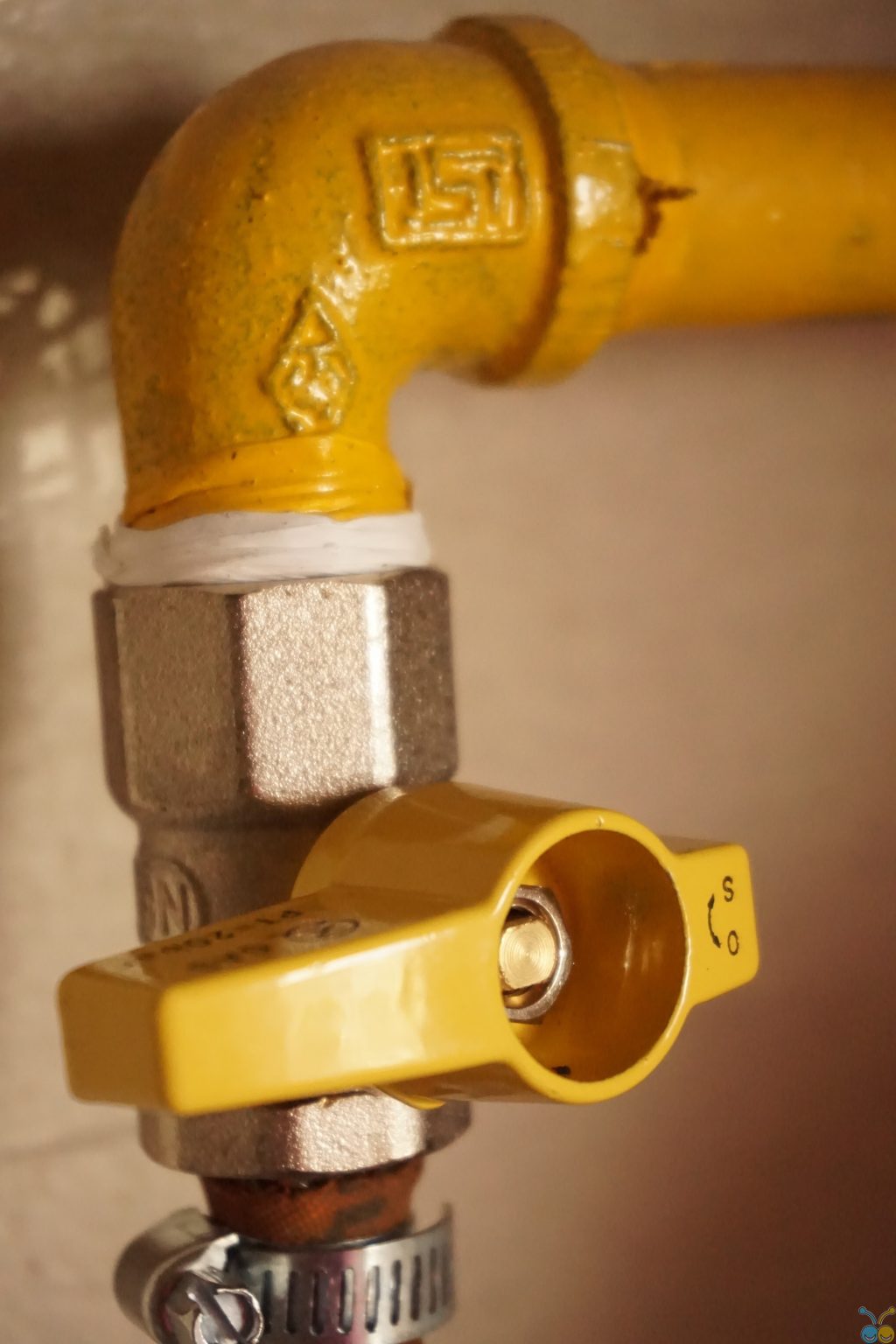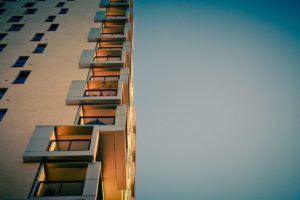Choosing Drainage For Your Building

Drainage maintains an easy albeit vital function: to guarantee that water, once used, can be safely and efficiently removed from the property. Yet despite the fundamental importance of drainage to crucial construction purposes, frequently the specification and selection of drainage systems are left too late into the building procedure or overlooked entirely. Here are some expert tips for choosing the right drainage for your building project
1. Unique Design Concerns: Traditional vs. Linear
One of the most crucial decisions when considering bathroom drainage fit-out is how it will be incorporated into an existing room layout.
Conventional bathroom setups are equipped using one, fixed- placed, main drainage trap, which generally houses the central floor waste outlet (or overflow gully) for the whole bathroom. It’s from the centralised drainage stage that all other garbage sockets from the toilet’s fixtures (showers, basins, bathtubs etc.) are connected, forming the bathroom’s interconnected pipe system. Yet an increasing number of bathrooms are plumbed with different traps for each fixture, allowing for more flexibility in your drainage system design (most acceptable for lineal systems). In bigger, commercial properties with more than one bathrooms, a common feature you see in the design management of any shopping centre, it is possible to have two or more traps depending on the size of the building and location of the bathrooms.
While traditional floor waste systems need 4-way grading of floors, and a separate hob to include water flow, linear grates can be located anywhere within the bathroom/shower region, requiring a simple 2-way flooring grading towards the station.
2. Waterproofing Prerequisites
Recent modifications to the Australian Standards into AS-3740 (‘Waterproofing of wet areas within residential buildings’) introduced in 2010, implies builders and designers must abide by rigorous waterproofing compliance measures to guarantee interior spaces are protected from unwanted water incursions. This applies to all types of buildings from residential to commercial buildings like the Melbourne stadium.
Your selection of surface materials (tile, timber, stone or plastic) will significantly impact your waterproofing requirements and requisite application of membranes that are bruised. Likewise, your building substrate substance (whether concrete or wood) will ultimately determine the kind of water stop needed for full BCA compliance.
For particular safety guidelines, please consult with AS-3740.
3. Exposure to the Elements
Seldom considered for interior surfaces, properties located in areas exposed to high airborne salinity (e.g. near beaches) require extra precautions to safeguard drainage systems in corrosion.
Electro-polishing provides one of the most effective means to protect the surfaces from harsh or corrosive environments, passivating rust-sensitive iron concentrations in stainless steel grates most prone to oxidation. As has been said above, electroplating is less common for buildings inside the city such as the Melbourne city conference centre because there is no need for protection against the elements and the cost associated with it.
General approach to drainage systems
There are a number of physical elements that will impact the design of the drain which should be considered.
In a conventional network, the minor drainage system is usually a pipeline having adequate capacity to include the nuisance flows. All these pipelines prevent stormwater damage to properties and also limit the frequency and amount of surface water into a level acceptable to the neighborhood. They are usually designed to accommodate for flows with a five year average recurrence interval (ARI). The pipelines do not always stick to the natural drainage route and therefore are usually coordinated along property boundaries and the roadway kerb and channels.
The major drainage system caters for runoff from storms producing higher peak flows compared to the small drainage system was designed. The significant drainage system is designed to handle overland flows resulting from storms with a 100 year ARI. Even a roadway, a drainage channel in a reserve, a pipeline or a combination of the above may act as a sewer line. The finished surface level of this allotments adjacent to the overland flow route has to be at least 300mm above the 100 year ARI flood level.
Notable details like the reverse fall empty lots and depressed footpaths may be required at road low points in order to allow extended flow of flood waters. Footpaths should not be in a decline if the stream of water is traveling longitudinally across the roadway. Designers are required to refer to the guidelines on station flow layout.
The design of the drainage system begins with the subdivisional layout. Roads and reserves must be found across the valley floor to function as major drainage system. Courts should not run downhill to the courtroom bowl unless provision is made for the 100 year ARI flow downstream of this minimal point in the courtroom bowl. This can be achieved by a suitable drainage reserve at the courtroom bowl, or a design pipeline. Easements for the small drainage system has to be determined if preparing the subdivisional design.
Catchment area
The design of the waterways, drainage and water quality functions within any project area must be in accordance with the best design for the entire catchment area and any future extension of the system must be taken into account. This may affect the drain location, capacity, type, diameter, thickness and manhole location.

Ground topography and geomorphology
Organic water courses should be retained and drainage functions should be made to follow the natural surface depressions as closely as you can. The natural waterway morphology also needs to be retained or mimicked where there is potential in the design. This will minimize the quantity of excavation needed during construction. It will also save time and resources when the time to clear blocked drains comes.
Sometimes, the depth of the drain can be reduced by offsetting the drain from the normal watercourse. This will be possible only if there is enough space available in the reserve and the inlet connections can nevertheless be made.
Drain location
When designing drainage pipelines, the design has to be expanded to cross any road or proposed road extending that’s adjacent to the development. This ensures any existing or proposed services within the road reserves are understood and the drainage works can cross these solutions.
Drains are supposed to, as far as possible in practice, be designed in accordance
Easements and reserves have to be sized to cover the width of the drain in addition to providing for access, construction and maintenance.
Construction and maintenance requirements are especially important considerations when designing station or waterway works. Relevant considerations include:
- The maximum slope height
- whether trucks require entry to the channel invert
- the place of inlets and streets
- whether there are limitations on the use of certain construction techniques (when adding to, or replicating existing drains in built-up areas by way of example)
- flooring conditions
- the distance in the projected alignment to some Present solutions (especially if there aren’t any Problems with unwanted effects throughout excavation)
- the location of overhead electricity lines and the width of streets
Location of an underground drain within the sidewalk area of a road is acceptable if it is not sensible to find the pipeline away from the pavement area.
Potential limitations on the use of specific construction techniques have to be considered when choosing an underground drain placement. This is especially true when adding to, or copying existing drains in built-up areas such as office leasing properties in the middle of the city.




